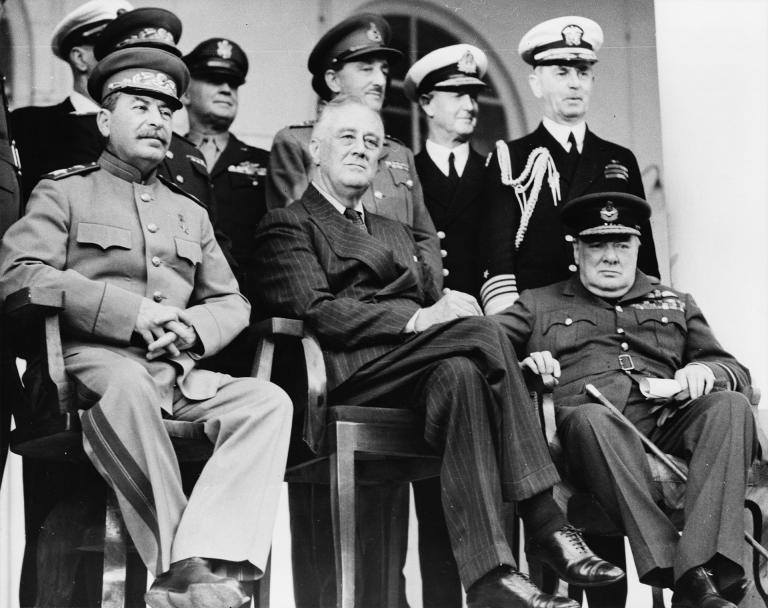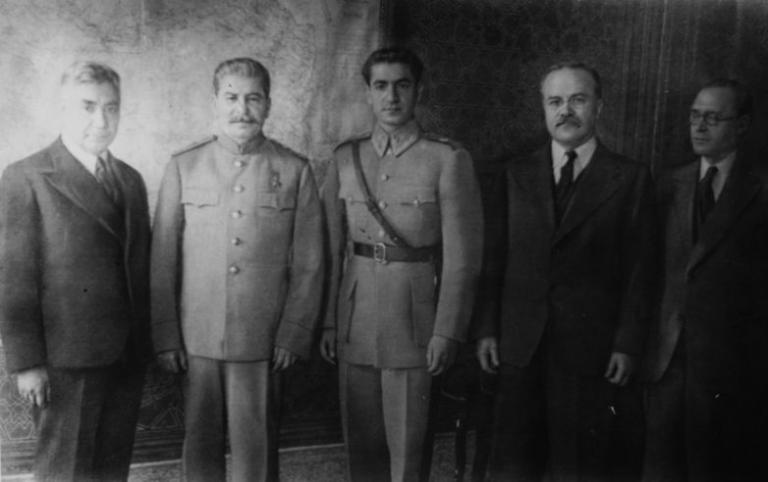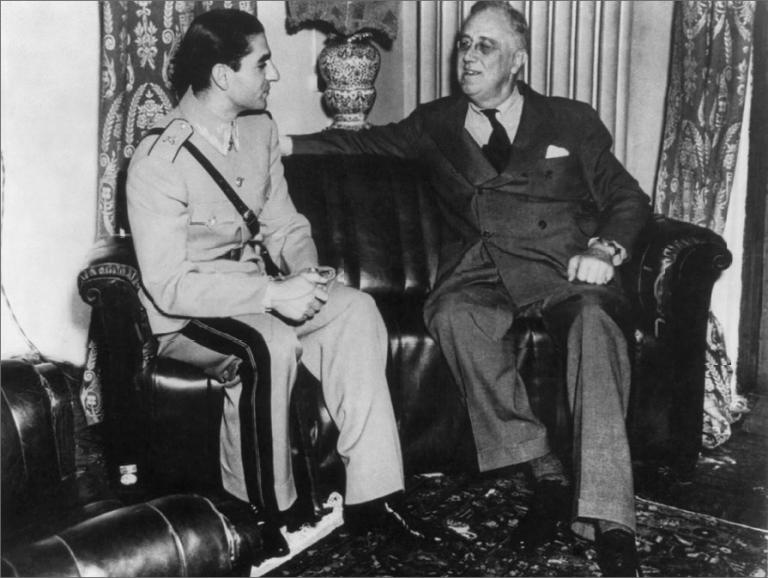
We were up early again this morning (Wednesday morning), for a return flight from Aswan to Cairo.
From the airport, we went directly to the great fourteenth-century Mosque of Sultan Hasan, just below Salah al-Din’s twelfth-century citadel and virtually in the shadow of Muhammad Ali’s nineteenth-century Ottoman-style mosque, which sits atop the citadel.
Sultan Hasan was a favorite place of ours when we lived here for four years immediately after our marriage, and I thoroughly enjoyed being there yet again. It is massive, and a wonderful example of Mamluk architecture and of the classical madrasa. The walls are enormous and thick, and the central open space is surrounded by medieval dormitories for the students who lived within them. The open area is dominated by a large ablution fountain for washing before prayers, but the most notable feature, to me, is the four huge covered porticos or “liwans” that surround it. They were designed for teaching the interpretations of the four orthodox Sunni madhahib or “schools” of jurisprudence (fiqh): Shafi‘i, Hanbali, Hanafi, and Maliki. The visit to Sultan Hasan provided a chance to talk about the mamluk system of governance and succession. (I wish that we had more time on this trip to spend on Islamic topics. But Egyptian history is so very rich that it simply defies summation in a single tour.)

(Wikimedia Commons public domain image)

(Wikimedia Commons public domain)
From Sultan Hasan, we walked across the pedestrian mall — how vastly improved over the street that once ran between them! — to the almost equally huge early twentieth-century Rifa‘i Mosque, which I’ve always liked. It is the burial place of several of the modern Egyptian monarchs, including the last of them, King Farooq, who was deposed by Neguib, Nasser, and Sadat in the early 1950s Free Officer Revolt. But I have a special personal bond to the building now, because it is the resting place of Mohammad Reza Pahlavi, the last shah of Iran. While he was in exile in Egypt, I served as a private tutor to his daughter at the Qubba Palace in Heliopolis. And, not terribly long before his death from cancer, I had a chance to meet and talk with him. It was, in some ways, a stunning experience for me. When I shook his hand, it suddenly hit me that I was shaking the hand of a man who had, as a head of state, shaken the hands of Roosevelt, Churchill, and Stalin, and who, in particular, had hosted them at the Tehran Conference (from 28 November through 1 December 1943). For some reason, that amazed me.
We did several other things today, but I’m tired and that’s enough for the moment.
Posted from Cairo, Egypt










